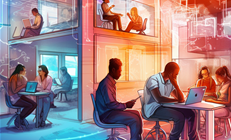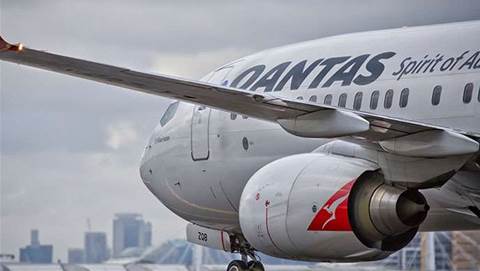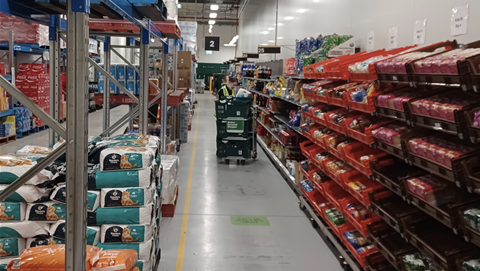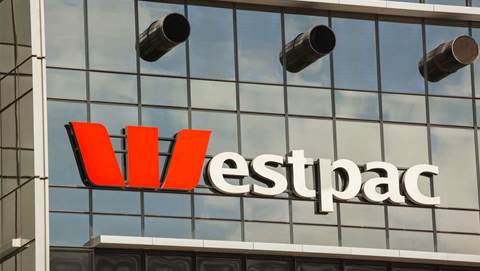Immigration is set to rearchitect its entire IT environment in favour of self-contained, adaptable systems, supported by common reusable services and cloud-based infrastructure.
The Department of Immigration and Border Protection (DIBP) is already in the midst of a major rationalisation of its systems as it tries to reduce complexity stemming from its merger with Customs in July 2015.
CIO Randall Brugeaud said late last year that there were few similarities between the old Immigration and Customs IT environments, leading to the combined department running duplicate systems, which it has been working to cull and standardise.
Once the rationalisation is complete, Immigration has now laid out a longer-term vision for where it wants its IT environment to be in the 2020s – and beyond.
It has given itself a “5-10 year” window to replace and then decommission legacy systems, including its mainframe environment.
That is likely to place finalisation of the complete rearchitecting of its systems in the middle part of the next decade.
Aside from its ongoing goals to consolidate and simplify, what is driving its architectural direction is a belief that it needs to be able to move faster.
“The department’s technology will need to adapt to the changing global threat environment to protect Australia and its interests from terrorism, illicit materials, illegal migration and organised crime,” it said in new strategy documents sighted by iTnews.
“Real-time data matching, intelligence, identity and biometrics, operational capability technologies that support functions such as scanning and surveillance, and automated decision making systems will be fundamental to managing and adapting to the contemporary and complex threats across the border continuum.”
A technology review at Immigration in November last year highlighted the scale of the challenge before the department.
“Over time our systems have evolved to the point where there is now a significant number of inter-dependencies that make it difficult to adjust or modernise any one component,” Immigration said.
“Merging the former Customs and Immigration environments created additional complexity through duplicate technologies, contracts, networks, systems and services delivery models.
“The review points out that one of the biggest future technology impacts on agility and the adoption of new services in the department will be the decoupling of its applications onto a defined set of ‘platforms’ based on an extensible architecture.
“The consolidation of applications onto a defined set of strategic technology platforms will standardise and simplify the environment, reduce the cost of maintaining systems (and the skills required to support them), and will enable the adoption of cloud-based services that will increase the scalability and speed of deploying new technology across the organisation.”
New infrastructure state
At a base level, DIBP has laid out plans to completely overhaul its underlying processing capabilities.
Since 2015, the department has been undertaking a consolidation of its data centres, with initial plans to slim down from nine to six “and then potentially four” facilities.
Four of the initial nine data centres were Immigration’s and five belonged to the old Customs.
It has so far managed to work the environment down to seven physical facilities, but has now committed to go down to the originally planned four facilities.
Documents from 2015 show these four would consist of space in two commercial facilities in Canberra, and the upkeep of two “secret” data centres that hold its classified information, also in Canberra.
Importantly, that will see Immigration close two data centres that presently house its mainframe environment. The department has confirmed its mainframes will be retired by 2026.
“In the interim, the department will simplify and automate server platform ‘builds’ by standardising server patterns and configurations and relocating processing capabilities into lower cost public/ private hybrid cloud-based systems,” it said.
A new architecture
In parallel, the department is set to create a series of blueprints for each “business solution” that is to be rebuilt.
The blueprints will act as an agreed plan of attack by the individual business areas, as well as DIBP’s enterprise architecture and technology delivery teams.
“The common denominator within all of the business solution blueprints will be the drive to rationalise the number of applications in each domain as well as the underlying platforms and infrastructure,” the department said.
The outcome of each blueprint is intended to be the development of a “self-contained system” that hardcodes that area’s “domain-specific business logic, rules and processes”.
Though not specifically mentioned, it appears the department wants to containerise applications to make them easily portable across various types of infrastructure.
“By developing systems as a highly integrated but independent collection of functional components we decrease system dependencies and increase the speed by which enhancements to business systems can be delivered,” DIBP said.
Elements that are common to many – or all – business applications will be extracted, rebuilt and housed in a library of services that can be called upon by any business area.
The department has outlined a plan to “bring together enterprise services for identity, intelligence and business decision support systems as a common and consistent service delivered to all applications.”
“Sharing common services will reduce the size and complexity of business applications and their level of dependency on other tightly coupled systems,” the department said.
Pushing the boundaries
Despite the amount of effort to be focused on reshaping its core and foundations, the department is also looking to future technologies to enable step changes in capability.
Though it did not reveal specifics, DIBP indicated that it is active in the internet of things space, specifically around combining sensor data and analytics.
“Through this ‘internet of things’ the department will integrate innovative solutions such as automated and remote vehicles, digitisation and digital delivery, biometrics and big data analytics, which all provide diverse avenues for delivering our core services,” it said.
It also stated an interest in blockchain for tracking cargo and payments, and in the application of artificial intelligence to automate visa assessments, and passenger and cargo clearance.


























